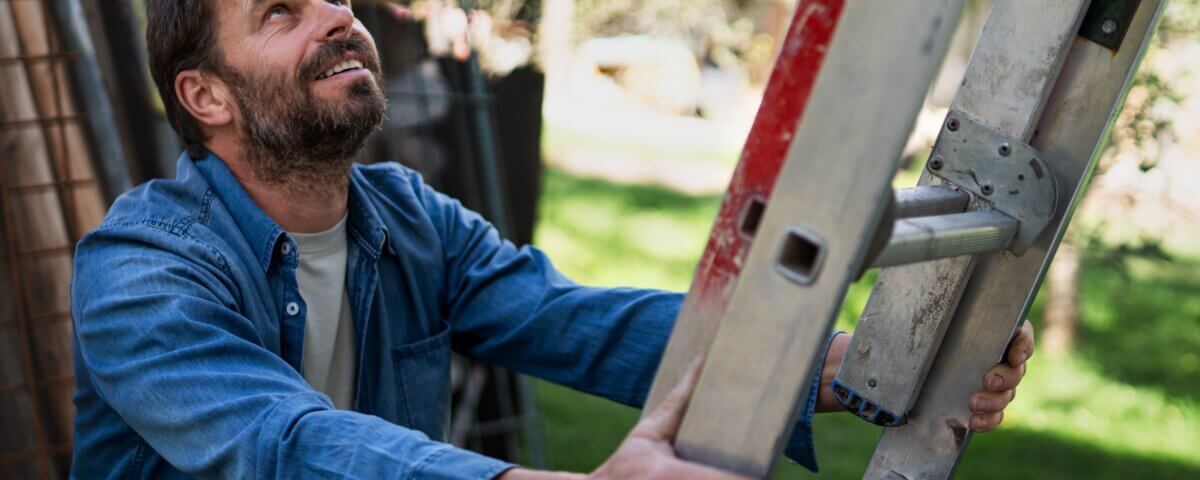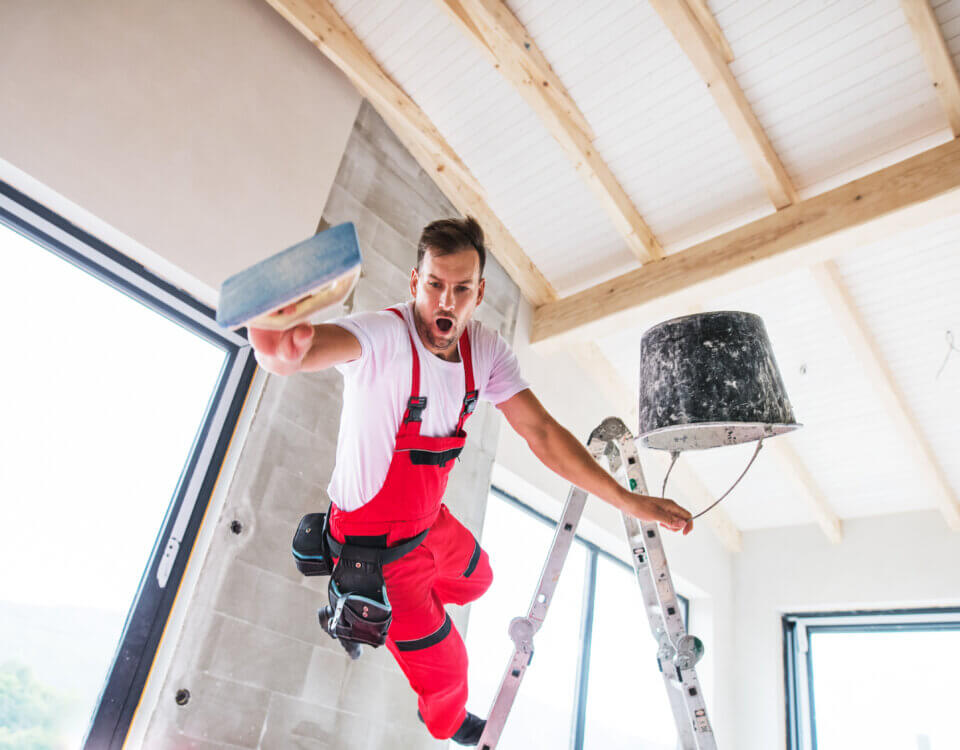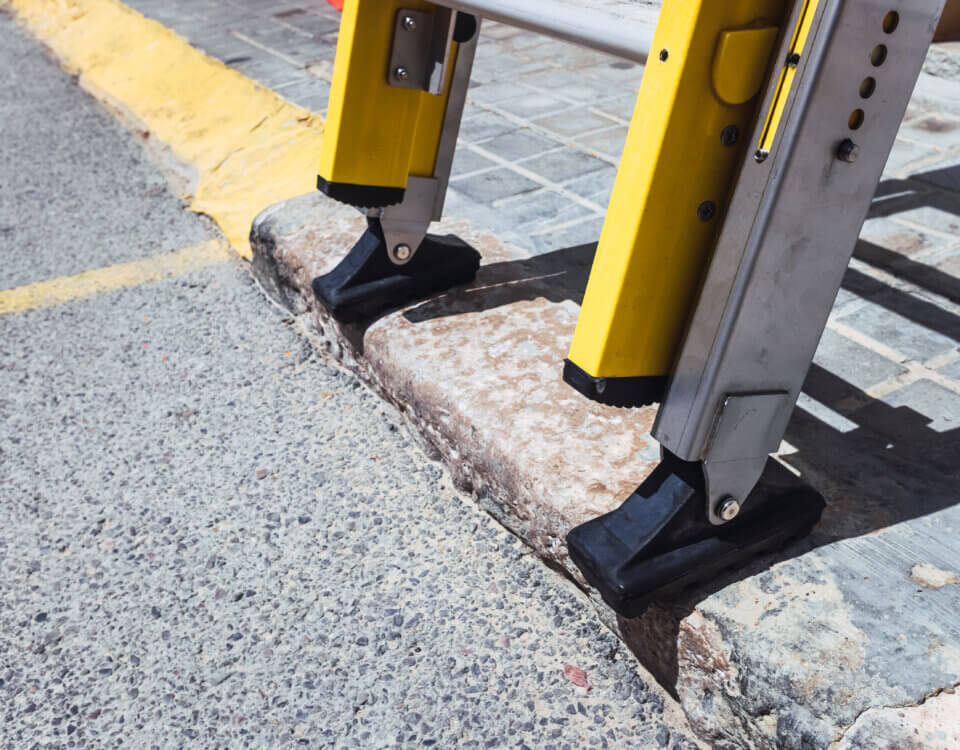Ladders are essential tools across many industries, yet the risks they pose are often underestimated. Proper ladder training is a vital step toward preventing serious injuries, especially for construction workers, firefighters, and even homeowners tackling remodeling projects. Ladder safety is more than just climbing up and down – it’s about knowing how to inspect, set up, and use a ladder correctly to avoid life-altering accidents.
At Hillstone Law, we recognize that accidents often occur when safety measures are overlooked. Understanding ladder training and practicing safety protocols can significantly reduce risks. But if an accident does happen, knowing your legal rights is just as important as knowing how to stay safe.
The First Rung: Ladder Safety Basics
The foundation of ladder safety starts with proper inspection. Before use, it’s important to check for damage such as cracks, bent rungs, loose screws, or signs of corrosion that may compromise stability. Overlooking these details can lead to catastrophic falls.
Correct ladder setup is the next step. A ladder must be placed on a firm, level surface and secured properly. Extension ladders, for instance, should follow the “1-in-4” rule: the base should sit one foot away from the wall for every four feet of ladder height. This ensures the correct angle and reduces the risk of tipping.
Climbing techniques are equally important. The safest practice is to maintain three points of contact at all times – either two hands and one foot or two feet and one hand. Climbers should always face the ladder, move slowly and carefully, and avoid carrying heavy loads that could shift balance.
Advanced Ladder Training Techniques
Once the basics are mastered, training moves on to advanced techniques. Workers learn the importance of height awareness, as even falls from relatively low levels can cause severe injuries. Understanding when to use additional equipment such as harnesses or fall arrest systems is essential for higher-risk situations.
Emergency procedures are also taught. Trainees practice what to do if they experience dizziness, panic, or a sudden health issue while on a ladder. Knowing how to safely descend and call for help can make the difference in an emergency.
Another important factor is weather awareness. Outdoor ladder use often involves unpredictable conditions such as wind, rain, or ice. Advanced training covers assessing weather risks, using weather-resistant ladders, and stabilizing equipment when conditions are less than ideal.
Final Thoughts
Ladder training is not just a workplace requirement – it’s a crucial component of protecting yourself and those around you. While proper training drastically reduces risks, accidents can still happen, often leading to serious injuries and costly medical care.
If you or a loved one has been injured in a ladder accident, Hillstone Law is here to help. Our experienced personal injury attorneys will fight to secure the compensation you deserve for medical bills, lost wages, and pain and suffering.
Contact Hillstone Law today for a free consultation. We’re available 24/7 to protect your rights and provide the legal guidance you need.



